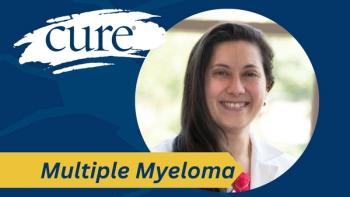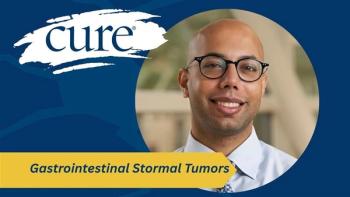
How Does CAR T-Cell Therapy Work in Hematologic Malignancies?
Olalekan O. Oluwole discusses how CAR T-cell therapy is used to treat high-risk hematologic malignancies like lymphoma and leukemia.
CAR T-cell therapy is a unique way of treating hematologic malignancies, such as leukemia and lymphoma, where doctors will harness and use your own cells in order to effectively eradicate the cancer, according to Dr. Olalekan O. Oluwole, who adds that, in some cases, this is a potentially curative treatment route.
To delve further into this topic, Oluwole sat down for an interview with CURE where he explained how CAR T-cell therapy is used to treat patients with hematologic malignancies.
Oluwole is an associate professor of medicine in the Division of Hematology Oncology, Department of Medicine, at Vanderbilt University Medical Center, where he specializes in the treatment of malignant hematologic disorders. He also works at the Vanderbilt Hematology Clinic, which is part of the Vanderbilt-Ingram Cancer Center.
Transcript
Can you explain how CAR T-cell therapy is used to treat high-risk blood cancers like leukemia and lymphoma?
I treat patients with leukemia and lymphomas, particularly those with high-risk lymphoid malignancies, using cell therapy, also known as CAR T-cell therapy, for the most part.
What are CAR T-cells? It's a new way of treating cancer where we harness certain qualities of the immune system so we can effectively use them to eradicate leukemia, lymphoma, or any other tumor. This is important because, while we have traditional chemotherapy, sometimes it doesn't work. The lymphoma or cancer figures out a way to either hide from the immune system or to fool the immune system into tolerating it. That's what we aim to overcome with CAR T-cell therapy.
How do we do this? We harvest immune cells from a patient, or we can also use healthy donor immune cells. These are mature immune cells that we harvest, and they are genetically modified a little bit so they can be targeted to identify something present on the lymphoma or leukemia cells. Once that manufacturing process is complete, those same immune cells are then infused into the patient. They go directly for the leukemia or lymphoma cells and continue to attack them until they have eradicated the last one.
Whereas patients who receive chemotherapy and it doesn't work might die from their leukemia or lymphoma, there is actually a potential for cure with CAR T-cell therapy because these immune cells sometimes go after the tumor and get rid of the very last cancer cell. In lymphoma, we've found this happens more than half the time, which is really reassuring for patients who otherwise would have had no other real treatment options.
Transcript has been edited for clarity and conciseness.
For more news on cancer updates, research and education,





